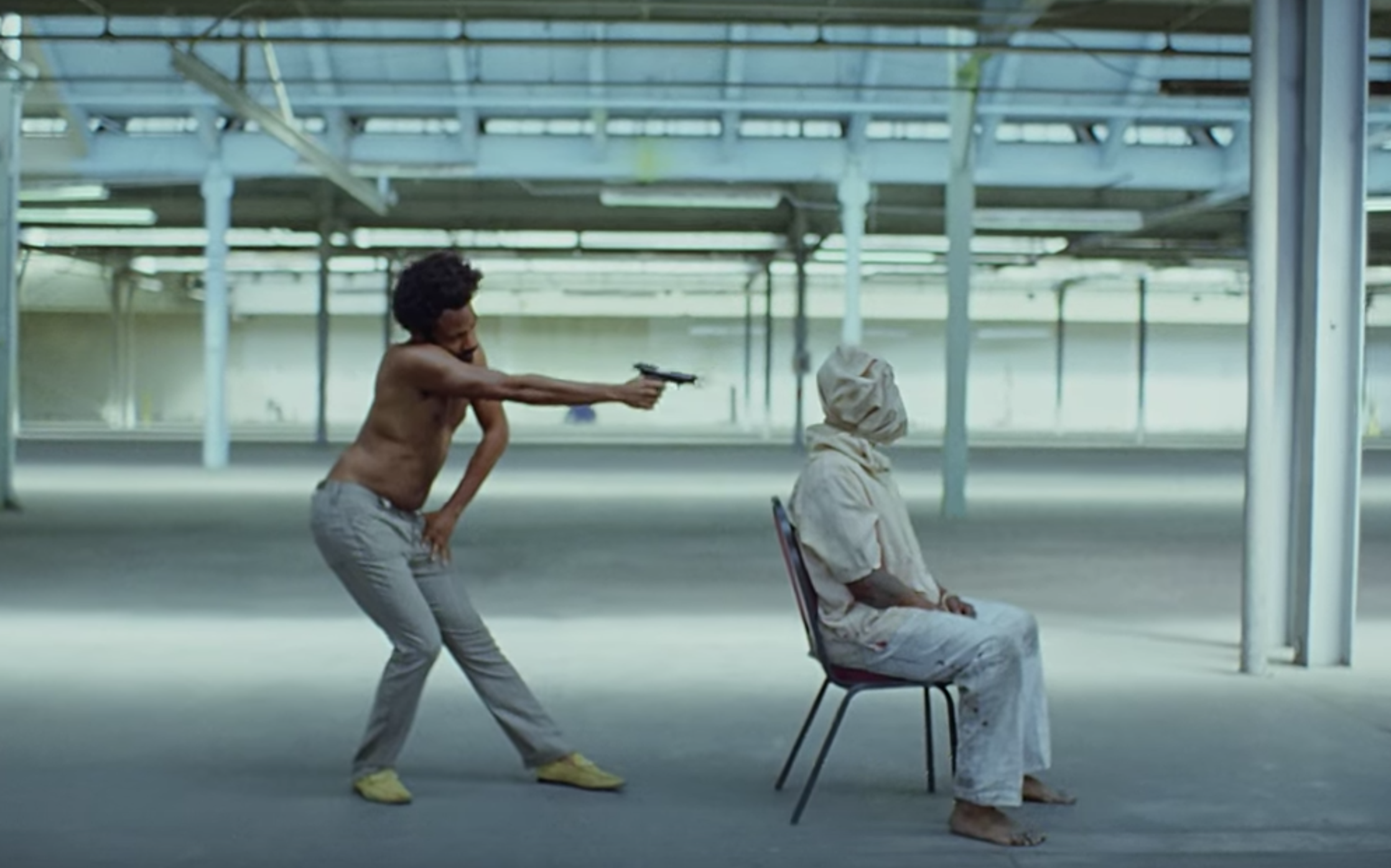America has been the cultural hot-pot that has given rise to
multi-billion-dollar empires in music and movies. They are the global leaders
in the entertainment industry. America has seen strong youth centric movements.
Protest
songs often skew liberal, and usually fall under two major categories:
politically charged, topical songs taking issue with the government, or
culturally focused songs aimed at injustices facing marginalized groups.
This
broad categorization gives songwriters a lot of leeway to experiment and
even when no major political movement or cultural shift is happening, musicians
can contribute to the canon with bold songs about smaller issues.
The most famous protest songs date back to America's freedom struggle with “Yankee Doodle,” which is now popular as a children’s
song, was actually written by British soldiers mocking the American counterparts during the Revolutionary War, but Americans started singing the song ironically, to counter the Britishers.
In the 1930s electrical
music began to take hold, and record players and radios
surged into wide distribution. The advent of this new technology meant a song
could be performed outside of the oral tradition, and guided music into its first stage of “pop,”
with genres like big band, jazz, and ragtime. Protest music followed suit, with
tunes and lyrics that were more complex than the simple, easy-to-learn Civil
War–era songs.
Nowhere
was this more apparent than in Billie Holiday’s 1939 song “Strange Fruit.”
The song inspired revolution. It was so wide spread that it was almost
completely banned on the radio. Even singers like Bob Dylan wrote songs that became a part of the civil rights and Vietnam War

While
folk music was blowing up, soul music was too. In the 1950s, black artists began making
music with roots in gospel music, blues, and jazz that became the soul
movement, which was positioned in direct response to the injustices of the
civil rights era. Despite being the land of the free, discrimination and racial profiling is an issue that plagues the streets of the free country.
Explicit
protest songs dubbed “freedom songs, started making their debuts. Singer-songwriter
Nina Simone’s first protest song is exemplary of the era. Written after
the 1963 murder of civil rights
activist Medgar Evers in Mississippi, and after four young
black girls were killed in the bombing of Alabama’s 16th Street Baptist
Church, “Mississippi Goddam” became the unofficial anthem of black
political protest. Its lyrics comment on movements like desegregation and
reunification, and they speak out about everyday injustices black people face.
The Woodstock Concert that is symbolic of the hippie movement where chants like "Make Peace, not War" also showcased several great singers like Jimi Hendrix, Janice Joplin, The Who, who all sang songs of peace and Hendrix's legendary cover of the 'Star Spangled Banner' spoke so much about the war and its pain without a single lyric being sung. Another famous anti war song was by The Beattle's John Lenon- 'Imagine'. Sam
Cooke’s “A Change Is Gonna Come,” expressed less anger and more melancholy and hopefulness. “What’s Going On” by Marvin Gaye,
an early 1970s protest song, could be applied to a number of different grievances.
With the ’80s, rap music went mainstream, with N.W.A.’s “Fuck Tha Police” offering up a scathing indictment of
police brutality. Public Enemy’s “Fight the
Power,” with its call-to-action “We've gotta fight the
powers that be” lyrics, followed the same rap-as-protest trend.
This
era also saw the first concentrated feminist rock movement of its kind, as
women in the 1990s began the short-lived but long-remembered riot grrrl
movement. Riot grrrls came together with a focus on forwarding progressive
agendas like fighting potential Bush-era sanctions on abortion rights,
protesting apartheid, and fighting patriarchal norms.
Bikini
Kill’s 1993 “Rebel Girl” sings about lesbians in love (and was used in a viral Hillary Clinton video during
the 2016 campaign season), while Sleater-Kinney’s “A Real Man” from
1995 roars about not wanting a man’s advances. The riot grrrl movement fell
apart by the mid-’90s, but its gritty attitude was a pure expression of the
frustration of the moment.

Bands like Green Day and Bright Eyes satirized the direction
the US took post-9/11 and in the Iraq War. The title track of Green Day’s 2004
album American
Idiot took aim at the war in Iraq, with singer Billie Joe Armstrong
specifically targeting the 24-hour news cycle and how constant coverage and
media “propaganda” brainwashed the nation into believing whatever they saw on
TV.
Lady Gaga sang about
queer acceptance in 2011’s “Born This Way,” Kendrick Lamar’s “Alright” became an unofficial anthem of the Black Lives Matter
movement, and Beyoncé brought feminism in music to the mainstream with her 2014
self-titled album and the song “Flawless.”

In the 21st century era, music is not just auditory but also a visual experience. Music videos like Childish Gambino's "This is America," SIA's "The Greatest" or Beyonce's "Ape****," not only have lyrics that talk about the problems present in america but visually hint at it. While there are several Caucasian singers as well, who use protest music symbolic of current events, African-Americans and Latinos have always taken the lead.
Music is a great piece that unites people and gives them an outlet. It's presence has only been increasing and will be a prominent part of any youth-centric revolutions and movements.




Comments
Post a Comment